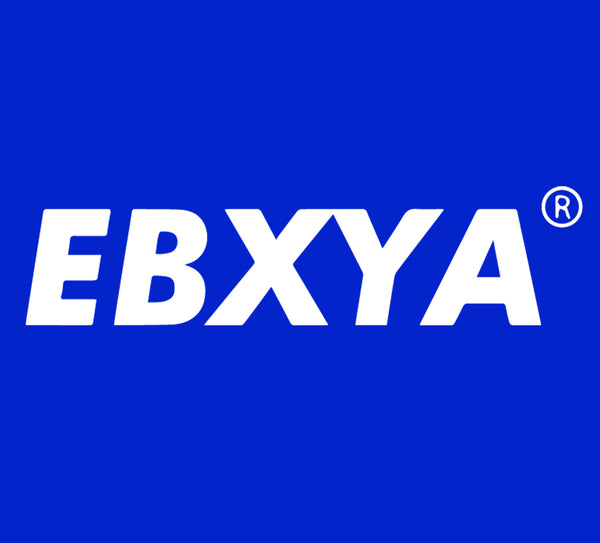
The Benefits of Using a Mixer with a USB Audio Interface
Share
In the ever-evolving landscape of audio production, musicians and content creators are continually seeking ways to optimize their setups for maximum efficiency and superior sound quality. A powerful combination that has gained popularity in recent years is the integration of a mixer with a USB audio interface. In this blog post, we'll explore the numerous benefits that arise from marrying these two essential pieces of audio equipment, providing you with a comprehensive guide to elevating your recording and mixing experience.
- Streamlined Connectivity:
One of the standout advantages of combining a mixer with a USB audio interface is the streamlined connectivity it offers. USB interfaces are designed to connect directly to your computer, allowing for seamless integration with digital audio workstations (DAWs). When paired with a mixer, you gain the ability to connect multiple instruments, microphones, and other audio sources simultaneously. This consolidated setup reduces cable clutter, making your workspace more organized and efficient.
- Expanded Input Options:
A mixer with a USB audio interface opens up a world of possibilities when it comes to input options. While USB interfaces typically offer a limited number of inputs, a mixer allows you to connect and control a larger array of audio sources simultaneously. This is especially beneficial for recording live performances, podcasts, or collaborative sessions where multiple microphones and instruments are in use. The mixer becomes the central hub, providing you with greater flexibility and control over your recording setup.
- Real-time Monitoring:
The combination of a mixer and a USB audio interface enables real-time monitoring, a crucial feature for both recording and live sound applications. With zero-latency monitoring capabilities, you can listen to your input sources directly through the mixer without the delay introduced by the computer's processing. This is essential for ensuring a tight performance and allows for precise adjustments to achieve the desired sound without the distraction of latency.
- Effortless Mixing and Processing:
A mixer's tactile controls and faders offer a hands-on approach to mixing and processing your audio. When connected to a USB audio interface, you can use your mixer to adjust levels, apply EQ, and add effects in real time. This intuitive workflow enhances creativity and allows for a more dynamic and responsive mixing experience. Additionally, some mixers come equipped with built-in effects, further expanding your sonic palette without the need for additional outboard gear.
- Enhanced Control Over the Recording Process:
The combination of a mixer and a USB audio interface provides you with enhanced control over the recording process. With multiple channels and dedicated controls, you can fine-tune the balance and tone of each input source before it reaches your DAW. This level of control is invaluable for achieving a polished and professional sound during the recording phase, minimizing the need for extensive post-processing.
In the world of audio production, the marriage of a mixer with a USB audio interface represents a powerful synergy that unlocks a myriad of benefits. From streamlined connectivity and expanded input options to real-time monitoring and enhanced control over the recording process, this combination empowers musicians and content creators to elevate their sound to new heights. Whether you're a recording enthusiast, a podcaster, or a live performer, integrating a mixer with a USB audio interface is a strategic move that promises to enhance your audio production workflow and deliver superior sonic results.
